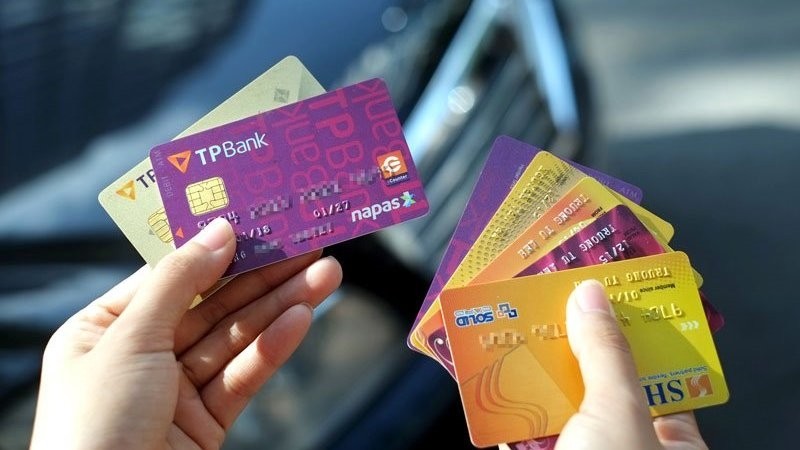Ready for switchover
In late 2018, the SBV revamped technical standards for domestic bank cards and issued a detailed roadmap for a complete switchover of ATM cards from magnetic stripe to chip cards.
Specifically by the end of 2019, at least 30% of the bank cards must meet the basic standards on domestic chip cards, and by 2021 the rate must be 100%.
According to Nguyen Quang Minh, Deputy General Director of the National Payment Corporation of Vietnam (NAPAS), to date preparations in terms of processes, infrastructure, resources and technology have been almost completed to support all commercial banks in the transition from magnetic stripe to chip cards in accordance with circulation of the central bank.
The Vietnam Chip Card Standards are built by NAPAS specifically for the Vietnamese market and are compatible with the international EMV standards.
Since May 28 a number of banks have begun issuing high-security chip ATM cards to replace magnetic cards currently in use. This year about 21 million ATM cards are expected to be switched to chip cards, accounting for about 30% of total bank cards.
According to NAPAS, seven banks including Vietcombank, BIDV, VietinBank, Agribank, TPBank, Sacombank and ABBank, have already joined the switch. The cards of these banks combined account for 70% of total cards in the market.
Minh stated that the application of chip technology standards is necessary because it could put an end to card skimming or fraudulent transactions concerning bank cards. In addition, the employment of chip card standards between credit institutions and payment service providers will bring many benefits to customers, including faster transaction times and better security.
He elaborated that a major advantage of contactless chip cards is its fast speed with small transactions, where entering a PIN code is not necessary.
Enhanced security for ATM cards
In addition to switching from magnetic stripe cards to chip cards, one issue of concern to many card holders is if they have to pay for the conversion fees because the cost of producing a chip card is much higher than a magnetic stripe card.
To date, no official documents have been issued concerning conversion fees. However, according to a number of banking leaders, each bank will have their own policies.
Chairman of the Vietnam Association of Bank Cards Dao Minh Tuan said that banks will have to work with their partners and work out appropriate conversion fees. Banks will also have to take the fees into account in order to ensure efficiency and that they do not affect the current card acceptance system.
Therefore banks may divide the conversion into several phases with priority given to customers with frequent transactions. The switch will be carried out step by step, instead of a mass conversion.
TPBank has integrated the contactless technology in both international and domestic cards so that customers do not have to swipe or insert the cards into POS machines while Vietinbank has issued ATM cards using the EMV chip technology, which possesses a higher degree of security.
The advantage of chip cards is that the information on the chips are encrypted and only issuing banks can read data on the chips. The switch to chip cards is expected to eliminate card data theft to make fake cards or any other fraudulent scheme. Statistics from a number of markets show that the rate of card frauds has declined significantly following the conversion to chip cards.
Furthermore, contactless chip cards will also actively support the payment of public services, especially transport services, helping to expand services for both the banking and transport sectors.
















